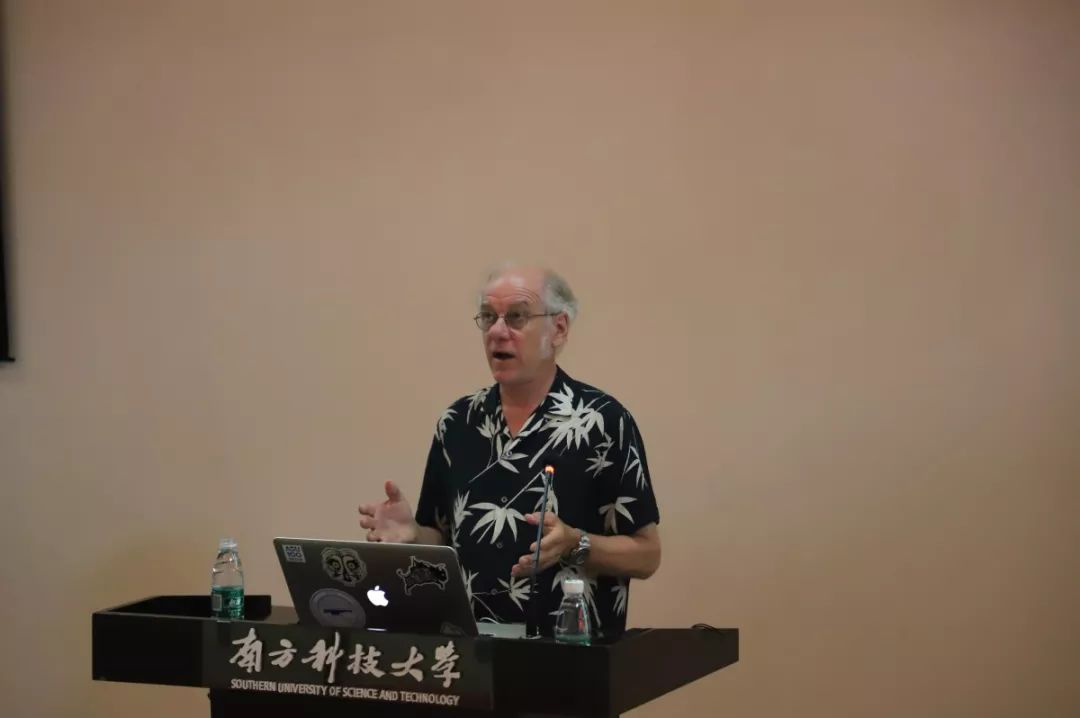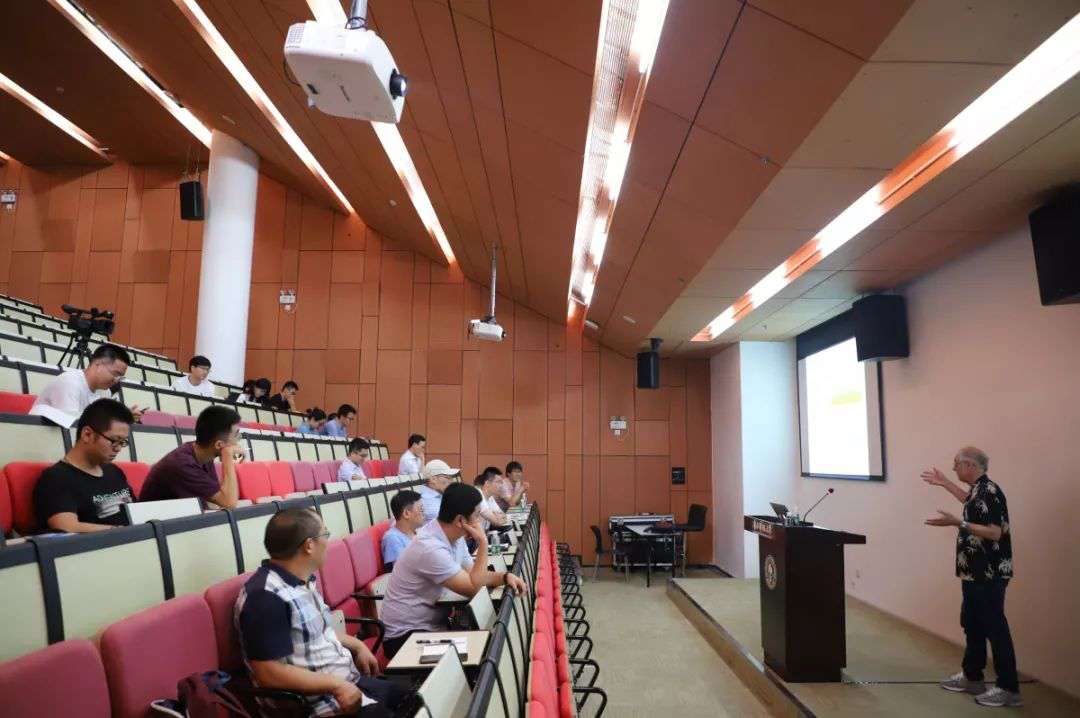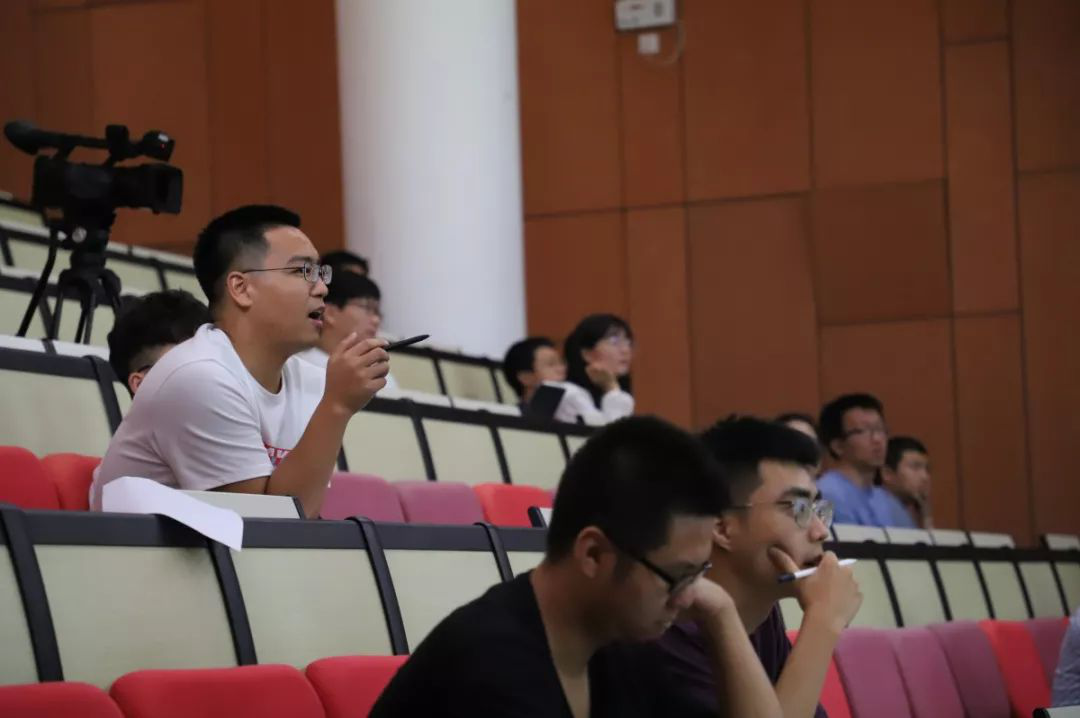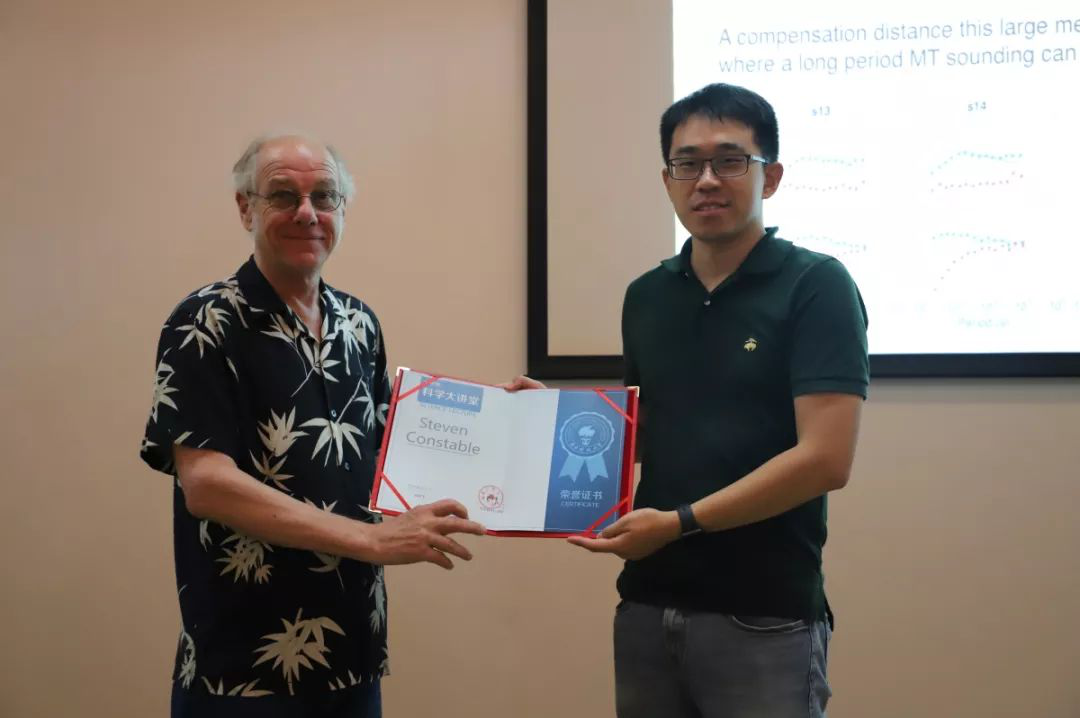Prof.Steven Constable: Water and Electricity Do Mix: Studying Plates, Petroleum and Permafrost Using Marine Electromagnetism
2020-03-10
Guest Introduction
Steven Constable is a distinguished professor of geophysics at Scripps Institution of Oceanography, University of California, San Diego. He received a B.S. and Ph.D. from the University of Western Australia (1979) and Australian National University (1983), respectively. Over the last two decades, he has been a world leader in the development of marine electromagnetic sensors for offshore exploration. His instruments have been successfully deployed on the seabed more than 1,000 times. He is the recipient of the 2003 G.W. Hohmann Award and 2010 R&D 100 Award. In 2007, the Society of Exploration Geophysicists (SEG) awarded Scripps their Distinguished Achievement Award for his work, and in 2016 awarded him the Reginald Fessenden Award and the SEG/AAPG Distinguished Lecturer. He is the American Geophysical Union (AGU) Bullard Lecturer in 2015 and was made an AGU Fellow in 2016.

Lecture Detail
Seismic methods are what most earth scientists used as a way to probe the interior of the earth. Electromagnetic methods provide an alternative because of electrical and magnetic physical properties of the earth. Magnetotelluric (MT) and control source electromagnetic (CSEM) are among the most common methods used in geophysics.
When it comes to marine environment, CSEM fields obey the same physics but are more complicated because of the seawater. Many researches and experiments show that both CSEM and MT can be used in the marine environment. Marine CSEM is more sensitive to shallower resistive rocks. Good applications have shown their potential in mapping sea floor geology, hydrocarbon exploration, gas hydrate and offshore water resources/saltwater intrusion.

In the lecture
Charles Cox is pioneer in this field who made the first marine MT measurements. He wanted to know how much of the signal was leaking into the seafloor, so he developed a CSEM system. And then geomagnetic coast effect was concerned. Industry become interested in marine CSEM circa 2000, when it realized that the data had direct sensitivity to hydrocarbon reservoirs and even if the reservoir is thin it can still be detected. It solved the problem that small variation in gas saturation produces large velocity change where seismic methods are not useful. In fact, marine CSEM works very well and it has been used in gas hydrate mapping. Working with the oil and gas industry has supported a state-of-the-art instrument fleet at Scripps. These instruments have been used for numerous academic studies and topics such as arctic permafrost, melting flow beneath the East Pacific Rise, porosity associated with reactivated faults due to plate bending, lake bottom MT and so on.
Finally, professor Constable concluded that although marine EM methods have been used for less than an academic lifetime, current capabilities are good and the future looks very promising. Industry involvement made great success in academic projects and discovery. As a result, any application of EM methods on land can now be carried out offshore.
Q&A Session
In this Q&A Session, the audience asked some questions regarding the explanations of some phenomena in the MT signals and what young scientists can do for a successful career. Prof. Constable gave a detailed answer and discussed the future of marine electromagnetic methods – Finding more problems to solve.

A student is exchanging with prof. Steven

Prof. Dikun Yang on behalf of College of Science presenting the honorary certificate to Prof. Steven Constable




